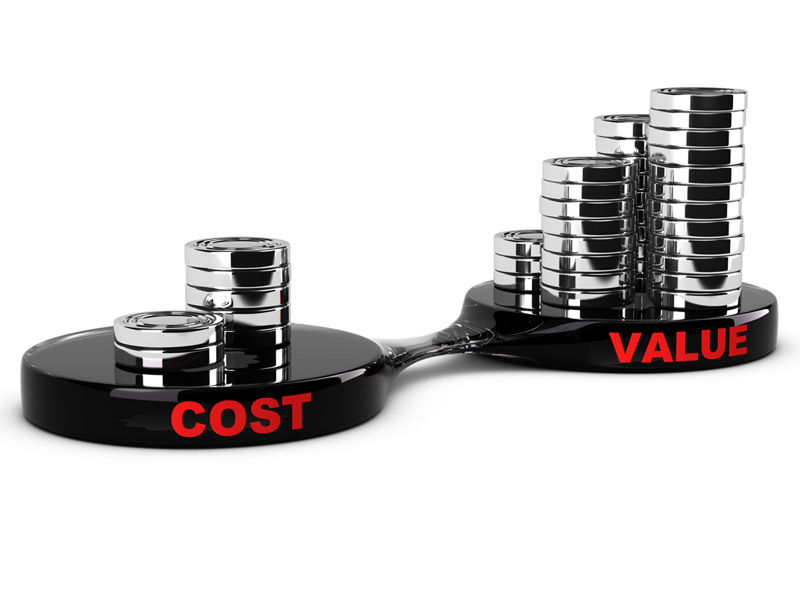Vision 2025 Project
AAFP to Develop Value-based Payment Model for Primary Care
(Editor's Note: The AAFP’s Vision 2025 special project has finished its first year with a shift in one of the strategies for the “Defining the Future” workstream. Initially, a strategy for this workstream was to develop and implement a primary care-focused alternative payment model in conjunction with partners in the payer and primary care physician communities. However, with the learnings from the advisory group and work completed thus far, the decision has been made to shift this strategy so we are not limiting the potential impact of this work. The emerging strategy is to proactively develop a set of principles on key aspects of value-based payment models. The AAFP will use these principles to vet potential partnership opportunities, identify whether existing and emerging value-based payment models are primary care-centric, and provide guidance to help shape models.)
January 7, 2021, 3:32 pm News Staff — In many ways, family medicine has been ahead of the value-based care delivery curve for years. In a policy statement on value-based payment developed more than a decade ago, the AAFP went on record as recognizing the urgent need to “improve both efficiency and effectiveness in the delivery of medical care, in which ‘efficiency’ is understood to mean ‘doing the thing right’ and ‘effectiveness’ means ‘doing the right thing.’”

For their part, family physicians are hard-wired to deliver high-value, evidence-based care, which they do in 90% of counties across the United States. Although FPs make up only 15% of all U.S. outpatient physicians, they provide nearly one-quarter of all outpatient visits and are more equitably distributed than any other physician specialists.
In other words, family physicians are foundational to the success of VBC in this country.
To best position family physicians for that role, the AAFP Board of Directors in April approved and funded a special project. Dubbed Vision 2025: Defining the Future of Value-based Payment, the three-year project is designed to empower AAFP members to successfully navigate a rapidly evolving VBP environment and prepare them to partner with payers to help improve quality and control total costs of care.
Vision 2025 encompasses two workstreams. The first focuses on member education and activation and the second centers on defining the future of primary care payment while continuing to play a critical role in shaping current advanced payment models to increase investment in primary care.
Vision 2025 took a major step forward last month, when the AAFP convened the Value-based Care Advisory Group for its inaugural meeting. Members of the group represent a diverse cross-section of movers and shakers in this space, including leading health plan officials, policy experts, community advocates, and research and academic authorities.
AAFP Senior Vice President of Advocacy, Practice Advancement and Policy Stephanie Quinn opened the meeting, delivering an overview of the project and its goals. Division of Practice Advancement Director Heidy Robertson-Cooper followed up by outlining the advisory group’s anticipated role during the meeting and beyond.
Specifically, said Robertson-Cooper, the Academy is seeking the group’s observations on VBP models currently deployed in primary care settings and how those lessons can be applied as the AAFP moves forward with developing and implementing its next-generation primary care VBC model.
Story Highlights
The Academy is also looking for the group’s suggestions for potential partners in that endeavor from the payer and primary care practice communities, she added, as well as their recommendations regarding the best ways to notify and educate AAFP members about opportunities to participate in VBP models.
Those introductory statements sparked a round of questions participants said should be considered when envisioning a VBP model that appropriately elevates primary care, such as
- What is the proper alignment of payment mechanisms and incentives to promote adoption of value-based models, and how does that differ from practice to practice?
- What are the barriers to adoption of down-side risk models, especially among solo and small independent practices, and how they can be mitigated?
- What level of business acumen is needed for practices to adopt and sustain a robust VBC model?
- What data elements do practices need to facilitate decision-making in a value-based environment, and what education/training is needed to act on that data?
- How can the patient experience ― especially patient satisfaction with their care ― be reliably measured?
Also informing the discussion was an environmental landscape assessment by health policy consulting firm CapView Strategies that evaluated more than a dozen primary care-centric VBP models operated by public as well as private payers (i.e., CMS/Center for Medicare and Medicaid Innovation, Medicare Advantage, Medicaid, and commercial payers).
CapView’s findings were grouped into five categories: basic elements of each model (scope, eligibility and participation); payment requirements and structure; care delivery requirements; performance measurement and feedback; and evaluations and results.
Key observations from the assessment included the following:
- Variability in payment structures and participation requirements creates challenges.
- Primary care incentive requirements and impacts are difficult to assess in larger accountable care organizations.
- Evaluation endpoints and timeframes differ significantly across models.
CapView also made a number of recommendations that called for, among other things, the use of uniform performance measures across models to permit greater comparability, standfardization of evaluation endpoints to enhance understanding of primary care’s impact, and an increased focus on evaluating patient experience in these models.
Finally, group members voiced other basic questions that deserve further consideration before moving forward, such as
- What is the role of primary care in the future of health care?
- What is the future of small, independent practices?
- Is payment reform or delivery reform needed?
- What are the likely implications of VBP for those now in fee-for-service?
With more than one participant observing that the current health care environment offers a unique window of opportunity to create change, group members agreed to examine these and other takeaways and follow up with action items before meeting again in March